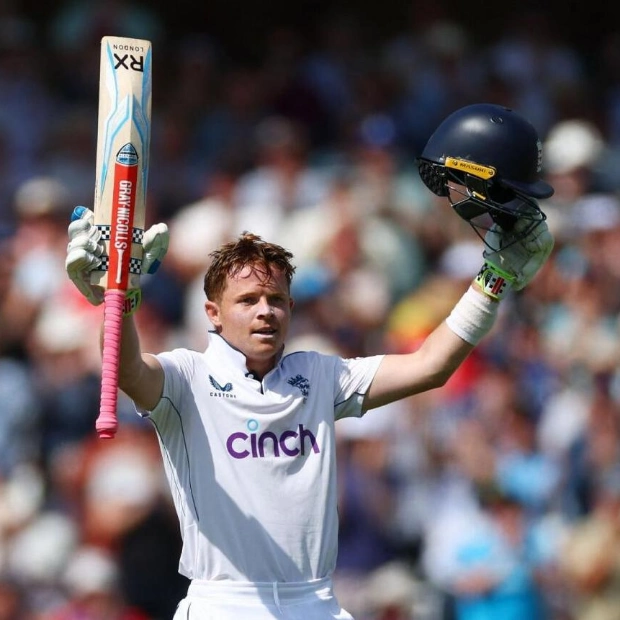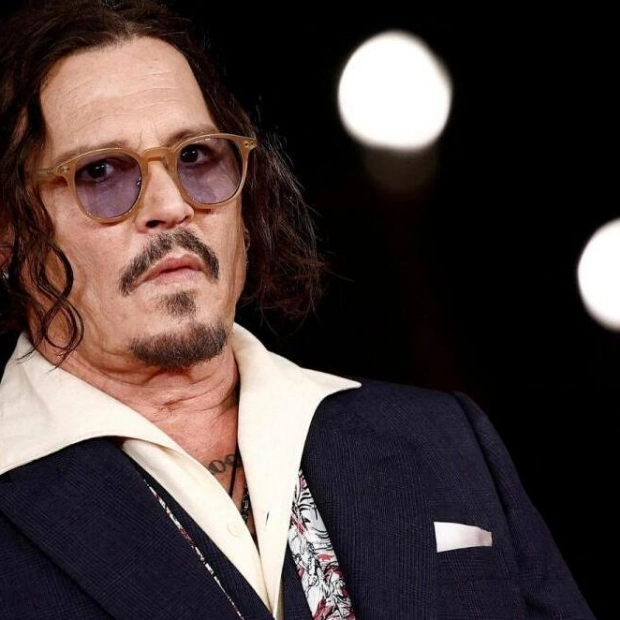An employee assists a customer in selecting gold jewelry at a shop in Dubai's Gold Souq. — Reuters file photo
Experts predict that the gold rally will persist, potentially surpassing the psychological threshold of $2,800 per ounce, driven by geopolitical tensions, US election uncertainties, and the easing of monetary policies, which have heightened demand for safe-haven assets.
Market analysts foresee the yellow metal trading between $2,500 and $2,800 in the upcoming months, particularly due to heightened geopolitical tensions, especially in the Middle East. “Gold is anticipated to trade within the range of $2,500-$2,800 in the coming months, supported by the Fed's rate cuts and elevated geopolitical tensions,” according to BMI analysts.
On Friday, gold reached an unprecedented $2,700 per ounce. Spot gold increased by 0.5% to $2,700.76 per ounce by 6.20am (UAE time), marking a nearly two percent rise for the week. US gold futures also saw a 0.5% increase to $2,722.
Chris Weston, Head of Research at Pepperstone, noted that gold investors are entering the weekend with heightened confidence, “with significant levels being surpassed — even a strong US dollar has little effect on gold — higher real rates, lower crude prices, and record equity highs are all seemingly ignored as gold continues to rise.”
Weston highlighted the break of $2,700 in spot gold as a significant event, noting that while Europe might view the rally differently, sellers have been absent, leading to a one-way buying spree that pushed prices to $2,711. “Gold futures played a crucial role, and when the futures price surpassed $2,712.70 (Thursday’s all-time high), we saw a surge in volume, indicating triggered stops and momentum buying, which propelled futures higher and, in turn, drove the spot market up in sympathy. It’s challenging to fully explain gold’s current position, but this is a hot market, and for those with lower risk tolerance, this is why they are investing in gold,” Weston said.
The World Gold Council (WGC) recently reported that the drivers of gold demand across various segments—jewelry and technology fabrication, central banks, financial investment, retail bars and coins—are broader and more significant than previously thought. Financial market investors, while influential in the short term, play a lesser role in the long term.
Gold has achieved new historical highs, with a notable increase of over seven percent and a remarkable 30 percent-plus rise this year. “We demonstrate that the gold price over long horizons is primarily driven by an economic component, represented by global nominal GDP, and a financial component, represented by the capitalization of global stock and bond markets, which balances the overall relationship. Third-party inputs are then used to estimate long-term expected returns for gold,” according to the WGC report.
Antonio Di Giacomo, Senior Market Analyst at XS.com, emphasized that gold’s growth underscores its importance as a safe-haven asset and indicates significant shifts in the global economic landscape. “The combination of dollar weakness, driven by Federal Reserve rate cuts, and rising geopolitical risks in the Middle East has been crucial in this ascent,” Di Giacomo said.
Shamlal Ahamed, Managing Director for International Operations at Malabar Gold & Diamonds, noted that gold prices in international markets are influenced by economic uncertainty, central bank policies, geopolitical tensions, and other unpredictable factors. “During these times, investors turn to gold as a safe-haven asset, leading to increasing prices,” Ahamed told BTR in September.
Analysts and gold jewellers anticipate further price increases due to persistent geopolitical tensions and low-interest-rate environments in major economies. Citi experts predict that solid gold demand in the second half of the year could drive prices as high as $2,600 an ounce, with investors catching up with the broader market. “We remain optimistic about gold’s physical uptake over the next 12 months, with a potential Fed cutting cycle and US labor market headwinds supporting paper demand for the yellow metal,” the Citi analysts wrote.
In this context, the bank forecasts gold prices trading between $2,800 and $3,000 per ounce by mid-2025.
Muzaffar Rizvi is a seasoned financial journalist with over 25 years of experience in the UAE and Pakistan. He possesses strong writing skills, a firm grasp on production, and an excellent news sense.






